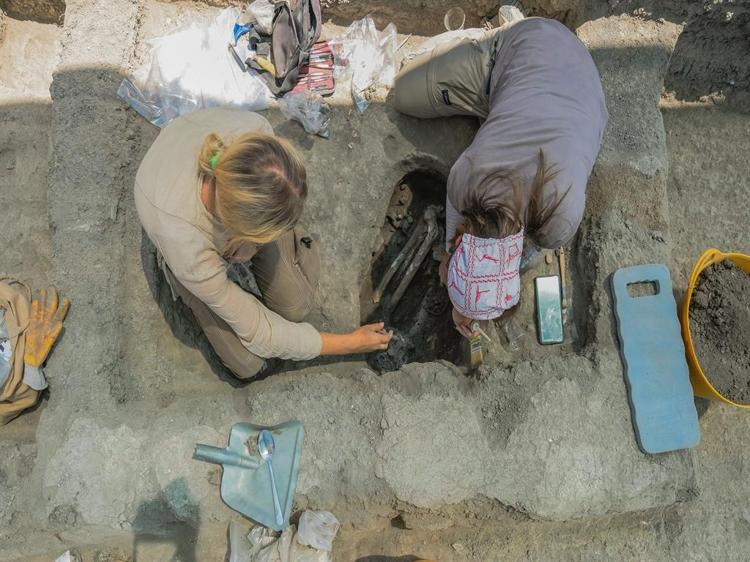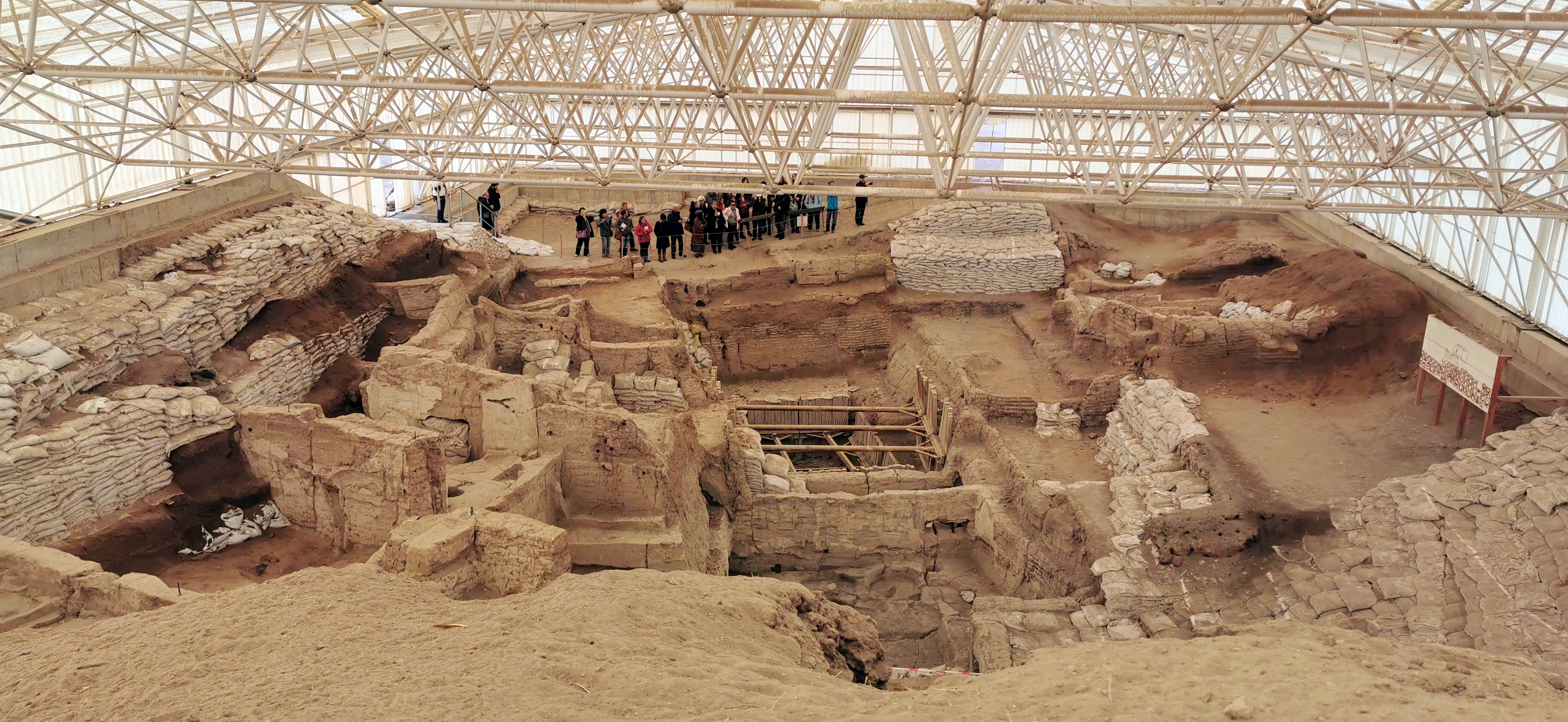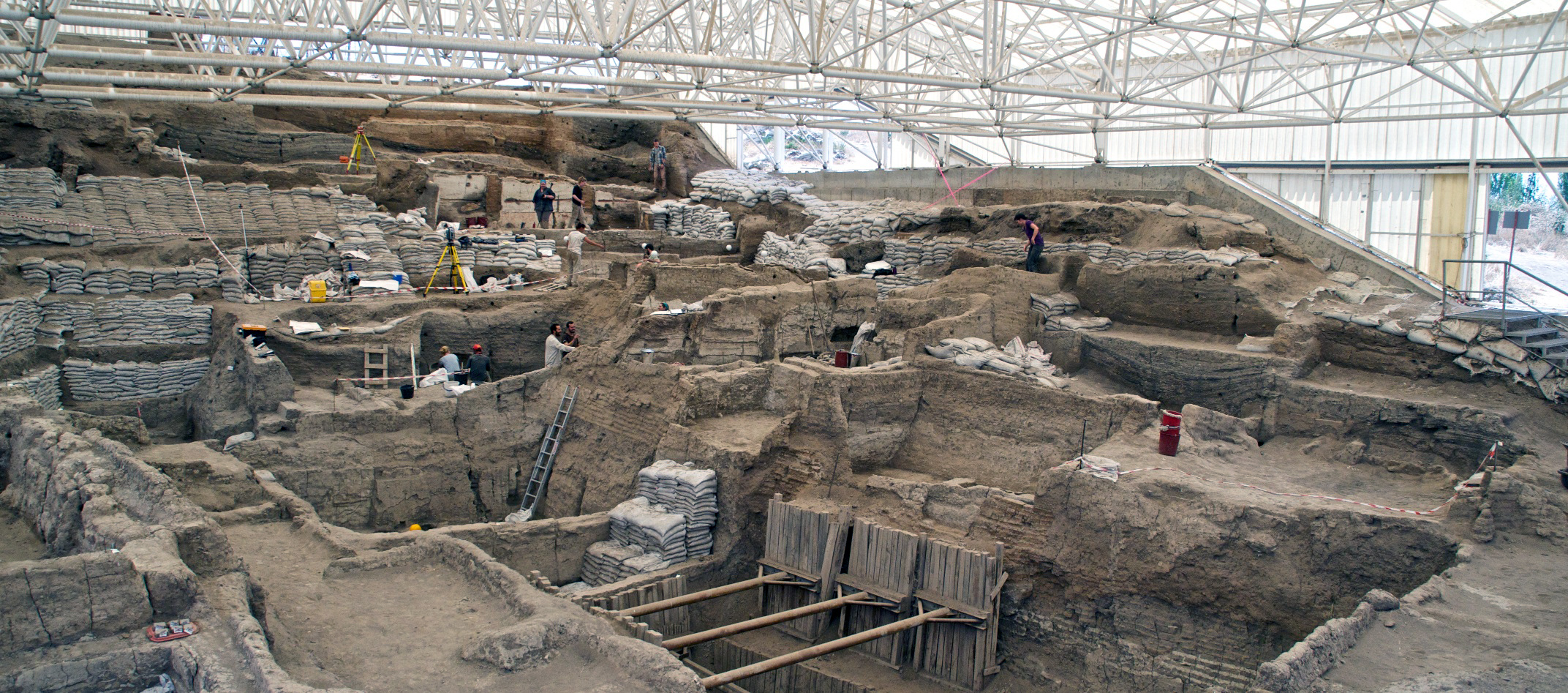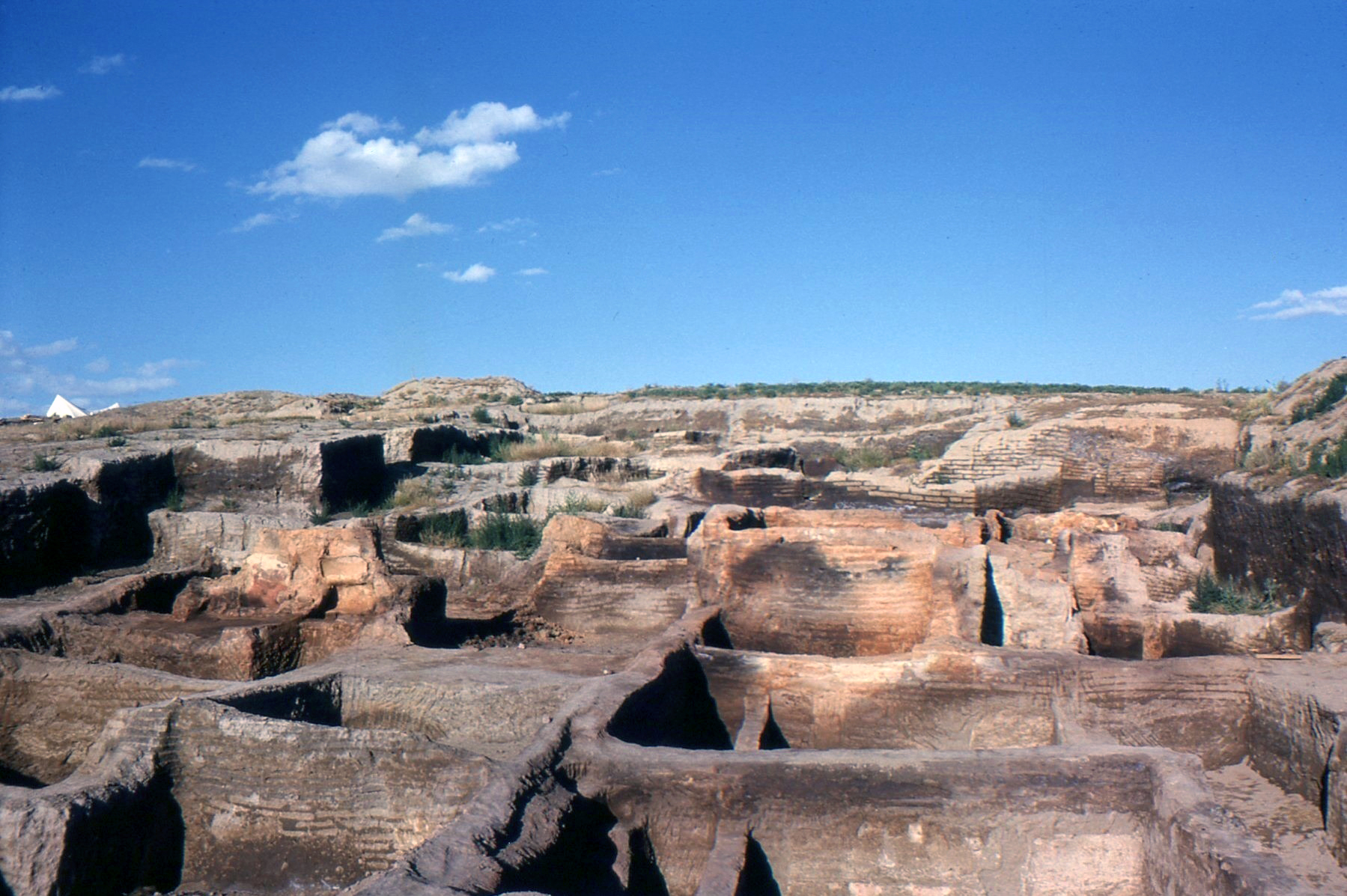Catalhoyuk Unearths New Secrets: Social Change and the "House of the Dead" in One of the World's Oldest Cities

Nestled in the Konya Plain of central Türkiye, Çatalhöyük, a 9,000-year-old Neolithic settlement and UNESCO World Heritage Site, continues to reveal extraordinary insights into humanity’s earliest urban experiments. Recent archaeological excavations led by Turkish and international teams have uncovered new evidence suggesting that social transformation drove ancient inhabitants to migrate from the eastern to the western mound of the settlement. At the same time, researchers have identified a remarkable mortuary structure, dubbed the “House of the Dead,” where the remains of 20 individuals were ritually placed.
These discoveries are reshaping our understanding of Neolithic society, highlighting how shifts in community life, spiritual practices, and social organization contributed to one of the earliest known examples of urban migration.
Shifting Social Structures: Why Did Neolithic People Move?
Archaeologists have long debated why the population of eastern Çatalhöyük eventually abandoned their tightly packed homes and relocated to the western mound. According to excavation director Assoc. Prof. Dr. Ali Ozan of Pamukkale University, the answer may lie in evolving social dynamics.
“In the lower levels, architecture shows a dense, interconnected pattern,” Ozan explains. “But as we move to later layers, we see signs of increasing separation between buildings. This suggests that social structures were gradually changing. Once these changes intensified, people may have chosen to leave the east and establish themselves in the west.”
This transformation marks a critical phase in human history, reflecting not just architectural evolution but a deeper shift in how early farming societies organized themselves. What began as a tightly bound community may have gradually diversified into more individual households — a change that reshaped daily life, ritual, and even burial practices.
. . .
Founded around 7,500 BCE, Çatalhöyük was home to as many as 8,000 inhabitants at its peak, making it one of the world’s first urban centers. Unlike later cities with streets and open squares, Çatalhöyük was composed of adjoining mudbrick houses accessed through roof openings. The settlement lacked public buildings in the traditional sense; instead, each household functioned as both a domestic and ritual space.
More:
https://arkeonews.net/catalhoyuk-unearths-new-secrets-social-change-and-the-house-of-the-dead-in-one-of-the-worlds-oldest-cities/
Çatalhöyük




Wikipedia:
https://en.wikipedia.org/wiki/%C3%87atalh%C3%B6y%C3%BCk




